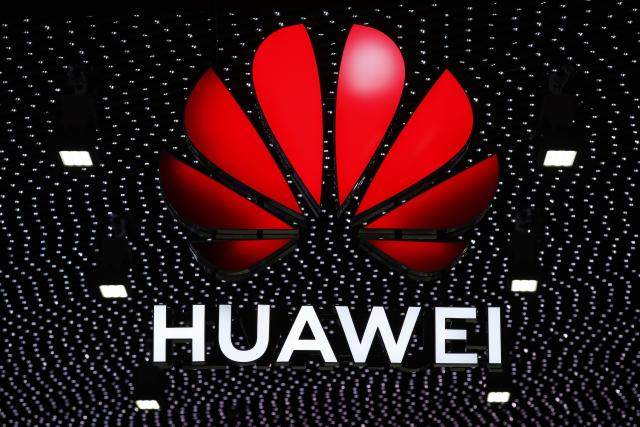©2021 Reporters Post24. All Rights Reserved.
Huawei Technologies’ newest laptop runs on a chip made by Taiwan Semiconductor Manufacturing Co (TSMC), a teardown of the device showed, quashing talk of another Chinese technological breakthrough.
The Qingyun L540 notebook contains a 5-nanometre chip made by the Taiwanese company in 2020, around the time US sanctions cut off Huawei’s access to the chip maker, research firm TechInsights found after dismantling the device for Bloomberg News. That counters speculation that Huawei’s mainland Chinese chipmaking partner, Semiconductor Manufacturing International Corp (SMIC), may have achieved a major leap in fabrication technique.
Huawei caused a stir in the US and China last August when it released a smartphone with a 7-nm processor made by Shanghai-based SMIC. A teardown by the Canada-based research outfit for Bloomberg News showed the Mate 60 Pro’s chip was only a few years behind the cutting edge, a feat that US trade curbs were meant to prevent. That revelation spurred celebration across the Chinese tech scene, and a debate in the US about the effectiveness of sanctions.
In the latest teardown, TechInsights discovered a Kirin 9006C processor fabricated via TSMC’s 5-nm method, which was assembled and packaged around the third quarter of 2020. Industry experts had previously speculated that SMIC achieved that milestone by developing workarounds to US sanctions, which would have marked a second technological triumph for the Chinese national champion in the span of months.
Representatives for Huawei and TSMC did not provide comment when reached by Bloomberg News.
The advances encapsulated in the Mate 60 smartphone in 2023 cemented Huawei’s role as the standard-bearer for Chinese efforts to wean itself off Western technologies and create domestic alternatives. Chinese consumers snapped up the smartphone in the final quarter, helping the company regain the symbolically important US$100 billion revenue threshold – eroding Apple’s iPhone dominance along the way.
A foray into 5-nm territory would have represented a big leap for the Shenzhen conglomerate, bringing it closer to the most-advanced processes currently in use, mostly centred around 3-nm nodes. Before TSMC cut off ties with Huawei, it was supplying chips as advanced as 5-nm to the Chinese firm.
It is unclear how Huawei managed to procure a three-year-old processor, though the Chinese company has been stockpiling vital semiconductors since the US began cutting off its access to components and gear globally. While Huawei has been on Washington’s Entity List since 2019, it was only in 2020 that TSMC stopped taking orders from Huawei to comply with elevated US trade restrictions.
Huawei has since sunk billions into chip research and stockpiling in past years, while also building a domestic network of suppliers and manufacturing partners, in some cases with government backing.
The L540 is the latest in a line of laptops that Huawei began selling around 2016, when the then-networking leader developed ambitions to get into mobile and computing devices and round out its offerings.
Its emergence coincides with a growing call from Beijing to replace foreign technology in sensitive environments, from mandates to stop using iPhones in the workplace to replacing Dell and HP computers.
Some online retailers touted that the new laptop was designed specifically to comply with recent, stringent requirements in China on data security across sensitive government organs. Huawei’s official site highlights the device’s security features, but did not go into that detail.


